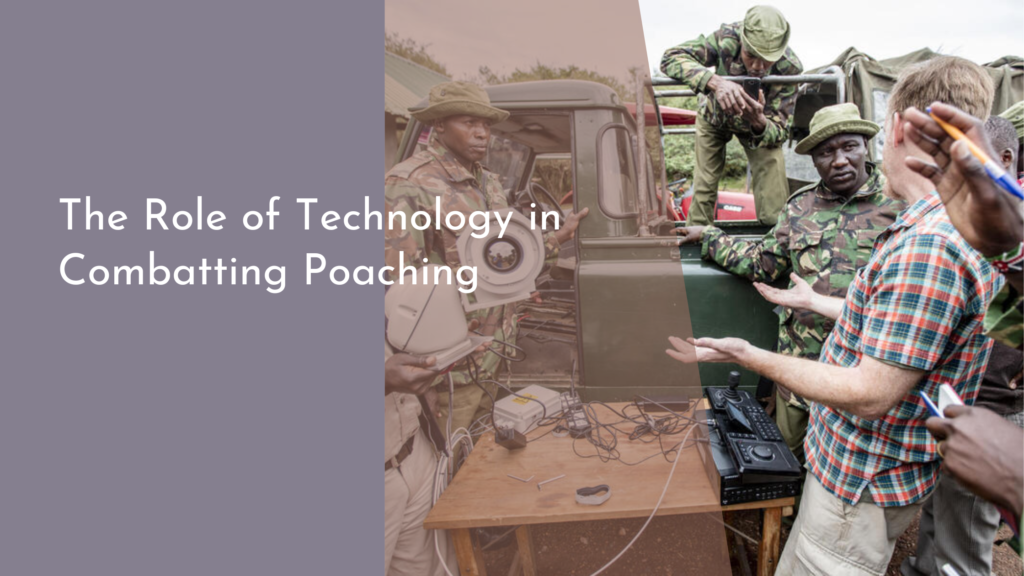How biodegradable materials help restore ecosystems
In an era where environmental degradation is a pressing concern, biodegradable materials have emerged as a beacon of hope. These eco-friendly alternatives are not only designed to break down naturally, but they also play a significant role in restoring ecosystems that have been damaged by pollution, deforestation, and industrial activities. By understanding the advantages of biodegradable materials, we can appreciate their vital contribution to the health of our planet and work towards a more sustainable future.
As we delve into the various aspects of biodegradable materials and their impact on ecosystem restoration, it becomes evident that they offer both practical solutions and pathways to healing our environment. From packaging to construction materials, the shift towards biodegradables is gaining momentum, with promising implications for wildlife and natural habitats. Let’s explore how these innovative materials are reshaping our approach to environmental conservation.
Understanding Biodegradable Materials and Their Benefits
Biodegradable materials are substances that can be broken down by microorganisms into natural elements within a relatively short period. Typically made from renewable resources such as plant starches, cellulose, and other organic materials, biodegradable products avoid the long-term accumulation of waste that traditional plastics cause. This breakdown process not only minimizes landfill overflow but also reduces the release of harmful toxins into the soil and water, ultimately promoting healthier ecosystems.
The benefits of biodegradable materials extend beyond waste reduction. When these materials decompose, they enrich the soil, increasing its fertility and promoting plant growth. This nutrient recycling is crucial for ecosystems, where healthy soil supports diverse flora and fauna. Moreover, by opting for biodegradable options, consumers and businesses alike contribute to a circular economy that emphasizes sustainability, conservation, and responsible resource management.
The Role of Biodegradables in Ecosystem Restoration
Biodegradable materials play a pivotal role in ecosystem restoration by facilitating the rehabilitation of degraded environments. For example, in areas where traditional plastics have polluted waterways, biodegradable alternatives can help reduce the impact on aquatic life. As these materials break down, they help restore the natural balance of ecosystems, allowing wildlife to thrive while minimizing human-induced stressors.
In addition to improving soil quality and reducing pollution, biodegradable materials can also aid in reforestation efforts. Biodegradable planting pots and seed mats, for instance, provide a nurturing environment for seedlings while breaking down to enrich the surrounding soil. This not only encourages the growth of new plants but also helps stabilize the soil and prevent erosion, ultimately aiding in the recovery of natural habitats. By integrating biodegradable solutions into restoration projects, communities can foster resilience in their ecosystems.
Success Stories: Biodegradables Reviving Nature
There are numerous success stories around the world that highlight the effectiveness of biodegradable materials in ecosystem restoration. In Costa Rica, for example, the reforestation of degraded lands has been enhanced through the use of biodegradable seed pods. These pods protect seeds during germination while enriching the soil as they decompose, leading to healthier forests and increased biodiversity in previously barren areas.
Another inspiring case can be found in the United States, where biodegradable mats have been utilized to restore natural habitats along riverbanks. These mats not only prevent soil erosion but also facilitate the growth of native plants that attract wildlife. As these initiatives gain traction, they serve as powerful reminders of how biodegradable materials can aid in healing our planet, one step at a time.
Making a Difference: How You Can Get Involved Today
Everyone has a part to play in promoting and supporting the shift towards biodegradable materials. Start by making conscious choices in your everyday life—opt for biodegradable products whenever possible, from shopping bags to utensils. Educating yourself and others about the benefits of biodegradables can inspire more people to consider eco-friendly alternatives, contributing to a collective impact on the environment.
Additionally, consider supporting local businesses and initiatives that prioritize sustainability. Many communities are embracing biodegradable materials in their operations or are involved in restoration projects that utilize these eco-friendly solutions. By getting involved in local environmental organizations or volunteer opportunities, you can help spread awareness and participate in hands-on efforts to restore ecosystems. Together, we can create a brighter, greener future for our planet!
The journey toward a sustainable world is a collaborative effort that hinges on our choices and actions. Biodegradable materials are not just a trend; they represent a significant stride in our ability to restore and protect ecosystems. By understanding their benefits, advocating for their use, and getting involved in local environmental efforts, we can foster healthier, more resilient ecosystems for generations to come. Let’s embrace this cheerful path to sustainability and make a difference today!

